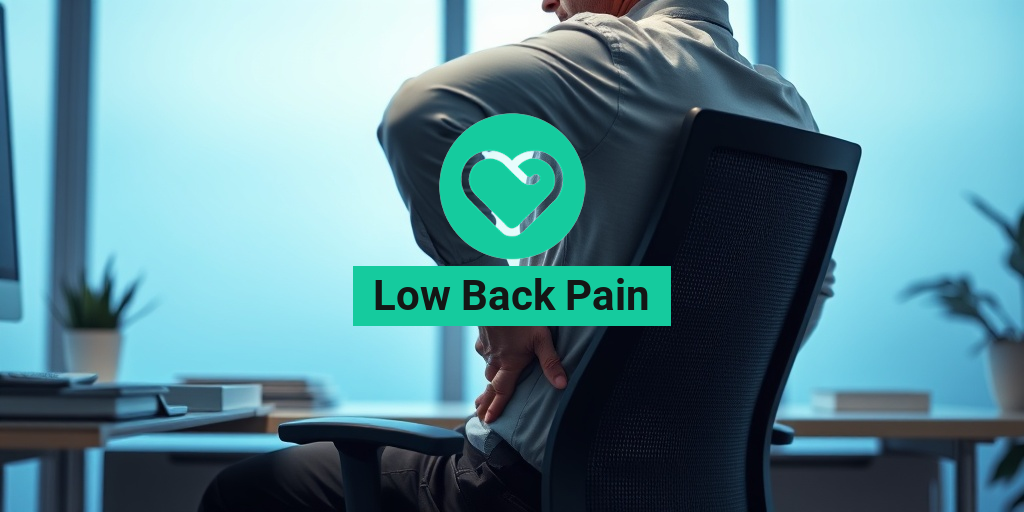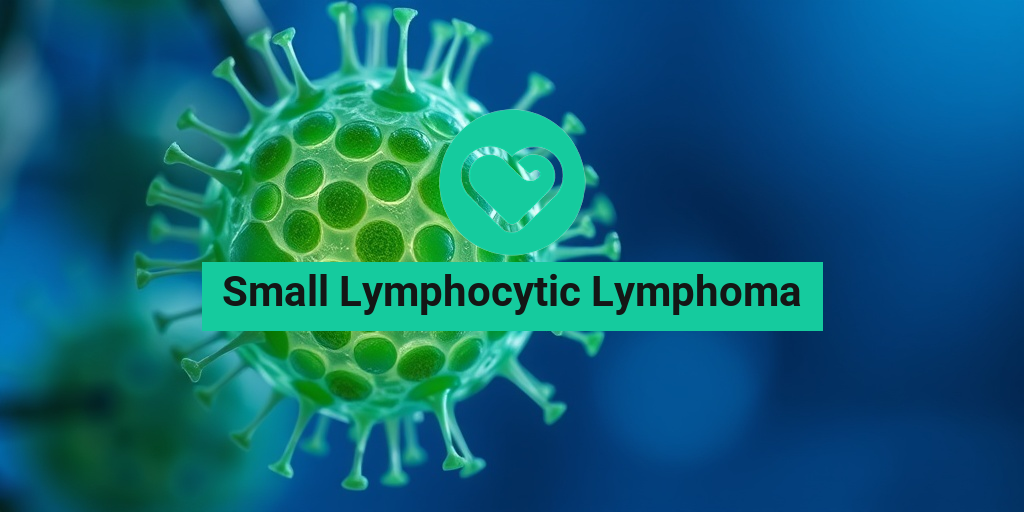What Is Low Back Pain?
Low back pain is a prevalent condition that affects millions of people worldwide. It can range from a dull ache to a sharp, debilitating pain that interferes with daily activities. This discomfort typically occurs in the area between the ribs and the hips, often referred to as the lumbar region. Understanding low back pain is crucial for effective management and treatment.
Causes of Low Back Pain
Low back pain can arise from various factors, including:
- Muscle or ligament strain: Heavy lifting or an awkward movement can strain back muscles and spinal ligaments.
- Bulging or ruptured discs: Discs act as cushions between the vertebrae. If they bulge or rupture, they can press on nerves, causing pain.
- Arthritis: Osteoarthritis can lead to narrowing of the space around the spinal cord, known as spinal stenosis.
- Skeletal irregularities: Conditions like scoliosis can lead to chronic low back pain.
- Osteoporosis: Bones become porous and brittle, increasing the risk of fractures in the spine.
Risk Factors
Several factors can increase the likelihood of developing low back pain, including:
- Age: The risk of low back pain increases with age, particularly after 30.
- Fitness level: Weak core muscles can contribute to back pain.
- Occupation: Jobs that require heavy lifting, bending, or prolonged sitting can increase risk.
- Smoking: Smoking can reduce blood flow to the spine, leading to degeneration.
Common Symptoms of Low Back Pain
Recognizing the symptoms of low back pain is essential for seeking appropriate treatment. Symptoms can vary widely among individuals, but some common signs include:
Types of Pain
Low back pain can manifest in different ways:
- Dull ache: A persistent, nagging discomfort that may worsen with movement.
- Sharp pain: Sudden, intense pain that can make it difficult to move or stand up straight.
- Radiating pain: Pain that travels down the legs, often referred to as sciatica, indicating nerve involvement.
Associated Symptoms
In addition to pain, individuals may experience:
- Stiffness: Reduced flexibility in the lower back, making it challenging to bend or twist.
- Muscle spasms: Involuntary contractions of the muscles in the back, which can be painful.
- Numbness or tingling: Sensations in the legs or feet, often linked to nerve compression.
When to Seek Medical Attention
While many cases of low back pain resolve on their own, certain symptoms warrant immediate medical attention. These include:
- Severe pain: Pain that is unbearable or does not improve with rest.
- Loss of bladder or bowel control: This could indicate a serious condition requiring urgent care.
- Fever: Accompanied by back pain, this could signal an infection.
- Unexplained weight loss: This could indicate a more serious underlying condition.
If you’re experiencing low back pain, consider consulting a healthcare professional for a thorough evaluation and personalized treatment plan. Resources like Yesil Health AI can provide evidence-based answers to your health questions, helping you navigate your symptoms effectively.
In conclusion, understanding low back pain and its symptoms is the first step toward effective management. Whether through exercises, stretches, or professional treatment, addressing low back pain can significantly improve your quality of life. Remember, you’re not alone in this journey—many resources are available to help you find relief! 🌟
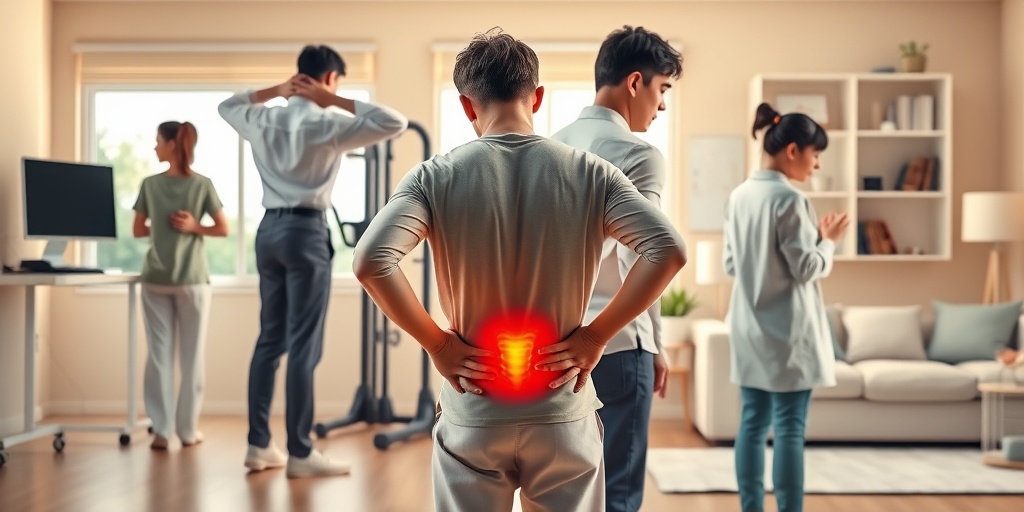
Causes of Low Back Pain
Low back pain is a common ailment that affects millions of people worldwide. Understanding the causes of low back pain is crucial for effective management and treatment. Here are some of the primary causes:
Muscle or Ligament Strain
One of the most frequent causes of low back pain is a strain in the muscles or ligaments. This can occur due to:
- Heavy lifting or an awkward movement
- Prolonged sitting or standing in one position
- Sudden movements that put stress on the back
These strains can lead to inflammation and discomfort, making it difficult to perform daily activities.
Herniated Discs
A herniated disc occurs when the soft material inside a spinal disc pushes out through a tear in the tougher exterior. This can press on nearby nerves, causing pain that radiates down the legs. Symptoms may include:
- Sharp pain in the lower back
- Numbness or tingling in the legs
- Weakness in the legs
Degenerative Disc Disease
As we age, the discs in our spine can degenerate, leading to decreased cushioning between the vertebrae. This condition can result in chronic low back pain, especially during movement or after prolonged periods of inactivity.
Arthritis
Arthritis, particularly osteoarthritis, can affect the lower back. This condition leads to inflammation of the joints, causing stiffness and pain. In some cases, arthritis can also lead to spinal stenosis, a narrowing of the spinal canal that can put pressure on the spinal cord and nerves.
Sciatica
Sciatica is characterized by pain that radiates along the path of the sciatic nerve, which runs from the lower back down through the legs. This condition often results from a herniated disc or bone spur compressing part of the nerve. Symptoms may include:
- Pain that varies from a mild ache to a sharp, burning sensation
- Pain that worsens with sitting
- Leg weakness or numbness
Injuries and Accidents
Injuries from sports, falls, or accidents can lead to acute low back pain. These injuries may involve fractures, sprains, or strains that require medical attention.
Risks and Factors for Low Back Pain
Several factors can increase the risk of developing low back pain. Understanding these risks can help in prevention and early intervention. Here are some key factors:
Age
As individuals age, the likelihood of experiencing low back pain increases. This is often due to degenerative changes in the spine, such as disc degeneration and arthritis.
Physical Fitness
People who are not physically fit are at a higher risk for low back pain. Weak core muscles can lead to poor posture and increased strain on the back. Regular exercise, including low back pain exercises and stretches, can help strengthen these muscles and provide support.
Occupational Hazards
Jobs that require heavy lifting, repetitive movements, or prolonged sitting can contribute to low back pain. It’s essential for individuals in such occupations to practice proper lifting techniques and take regular breaks to stretch and move around.
Obesity
Excess weight can put additional strain on the back, leading to pain. Maintaining a healthy weight through diet and exercise can significantly reduce the risk of developing low back pain.
Smoking
Smoking can hinder blood flow to the spine, leading to disc degeneration and increased pain. Quitting smoking can improve overall health and reduce the risk of low back pain.
Genetics
Some individuals may have a genetic predisposition to conditions that cause low back pain, such as arthritis or disc degeneration. Understanding family history can help in assessing risk levels.
By recognizing the causes and risk factors associated with low back pain, individuals can take proactive steps to manage their health and seek appropriate treatment when necessary. Remember, if you experience persistent or severe low back pain, it’s essential to consult a healthcare professional for a proper diagnosis and treatment plan. 🩺
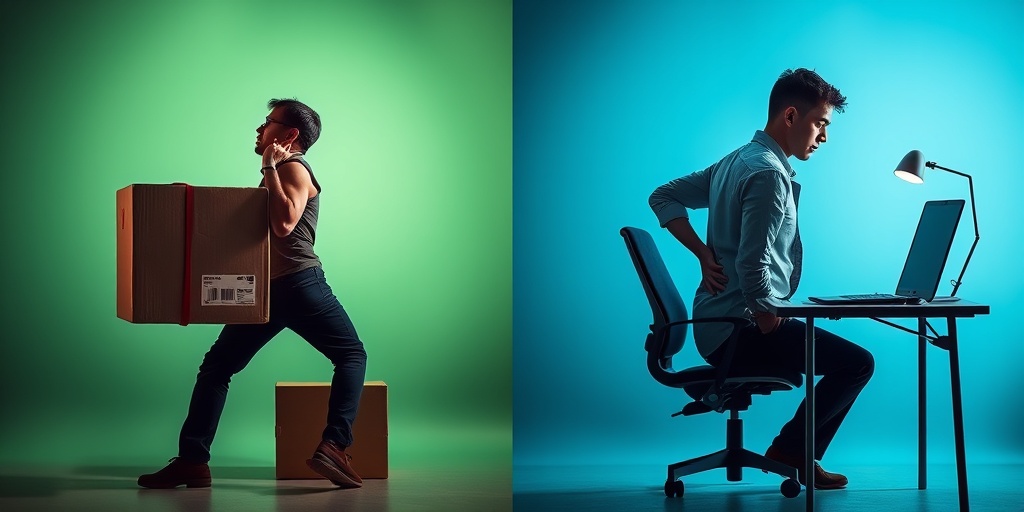
Diagnosing Low Back Pain
Low back pain is a common ailment that affects millions of people worldwide. Understanding how it is diagnosed is crucial for effective treatment and management. The process typically involves a combination of medical history, physical examinations, and diagnostic tests.
Medical History
The first step in diagnosing low back pain is a thorough medical history. Your healthcare provider will ask about:
- Duration: How long have you been experiencing pain?
- Intensity: On a scale from 1 to 10, how severe is your pain?
- Location: Is the pain centralized, or does it radiate to other areas, such as the legs?
- Activities: What activities exacerbate or relieve your pain?
- Previous Injuries: Have you had any past injuries or surgeries related to your back?
Physical Examination
After gathering your medical history, your doctor will conduct a physical examination. This may include:
- Posture Assessment: Evaluating your posture can reveal underlying issues.
- Range of Motion Tests: Checking how far you can bend or twist your back.
- Neurological Tests: Assessing reflexes, muscle strength, and sensation in your legs.
Diagnostic Tests
If the initial assessment does not provide a clear diagnosis, your doctor may recommend further diagnostic tests, such as:
- X-rays: Useful for identifying fractures or structural abnormalities.
- MRIs or CT Scans: These imaging tests provide detailed views of soft tissues, including discs and nerves.
- Blood Tests: To rule out infections or inflammatory conditions.
Recognizing red flags is also essential in diagnosing low back pain. Symptoms such as unexplained weight loss, fever, or loss of bowel or bladder control may indicate a more serious condition that requires immediate attention. 🚨
Effective Treatments for Low Back Pain
Once diagnosed, there are various effective treatments available for low back pain. The right approach often depends on the underlying cause and severity of the pain.
Conservative Treatments
Many cases of low back pain can be managed with conservative treatments, including:
- Rest: Short periods of rest can help alleviate acute pain, but prolonged inactivity can worsen the condition.
- Ice and Heat Therapy: Applying ice packs can reduce inflammation, while heat therapy can relax tense muscles.
- Over-the-Counter Pain Relievers: Nonsteroidal anti-inflammatory drugs (NSAIDs) like ibuprofen can provide relief.
Physical Therapy
Physical therapy is often recommended for those with persistent low back pain. A physical therapist can design a personalized exercise program that may include:
- Stretching Exercises: To improve flexibility and reduce tension.
- Strengthening Exercises: To build core strength and support the spine.
- Low Back Pain Exercises PDF: Many therapists provide resources for at-home exercises.
Alternative Treatments
In addition to conventional treatments, some individuals find relief through alternative therapies, such as:
- Chiropractic Care: Spinal manipulation can help alleviate pain and improve function.
- Acupuncture: This traditional Chinese medicine technique may help reduce pain and promote healing.
- Massage Therapy: Therapeutic massage can relieve muscle tension and improve circulation.
When to Consider Surgery
In cases where conservative treatments fail to provide relief, surgical options may be considered. Common surgical procedures for low back pain include:
- Discectomy: Removal of a herniated disc that is pressing on a nerve.
- Laminectomy: Removal of a portion of the vertebra to relieve pressure on the spinal cord.
- Spinal Fusion: Joining two or more vertebrae to stabilize the spine.
It’s essential to consult with a healthcare professional to determine the most appropriate treatment plan for your specific situation. Remember, early intervention can lead to better outcomes in managing low back pain! 🌟
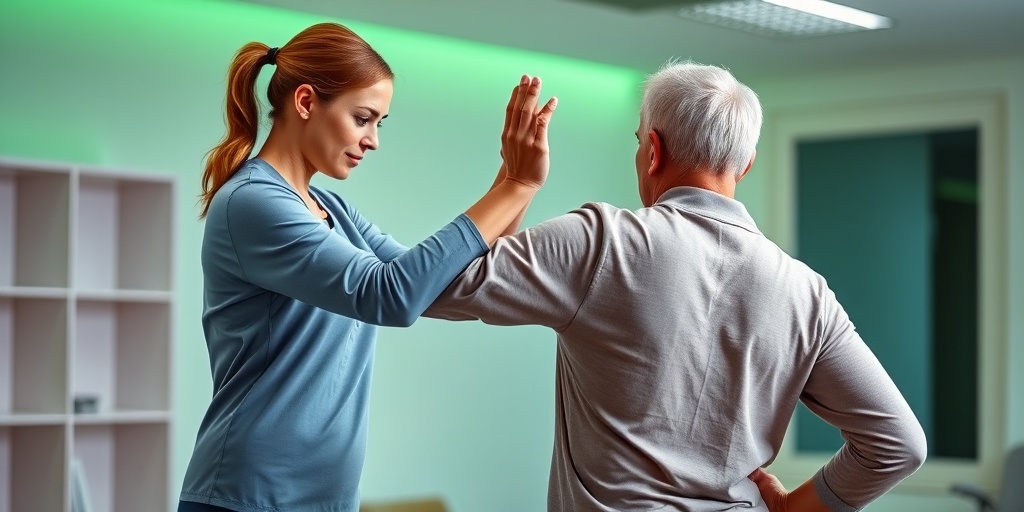
Home Remedies for Low Back Pain
Low back pain is a common issue that affects millions of people worldwide. Whether it’s due to poor posture, muscle strain, or an underlying condition, finding relief is essential. Fortunately, there are several effective home remedies that can help alleviate discomfort and promote healing. Here are some of the most popular options:
1. Heat and Cold Therapy
Applying heat or cold to the affected area can significantly reduce pain and inflammation. Here’s how to use each method:
- Cold Therapy: Use an ice pack wrapped in a cloth for the first 48 hours after the pain starts. This helps reduce swelling and numbs the area.
- Heat Therapy: After the initial swelling has gone down, apply a heating pad or warm towel to relax tight muscles and improve blood flow.
2. Gentle Stretching and Exercise
Engaging in low-impact exercises and gentle stretching can strengthen the muscles supporting your back. Here are a few effective stretches:
- Child’s Pose: This yoga pose helps stretch the lower back and relieve tension.
- Knees-to-Chest Stretch: Lying on your back, pull your knees toward your chest to stretch the lower back.
Incorporating low back pain exercises into your routine can also be beneficial. Consider activities like walking, swimming, or cycling, which are gentle on the back.
3. Herbal Remedies
Some herbs have anti-inflammatory properties that can help with low back pain. Consider trying:
- Turmeric: Known for its anti-inflammatory effects, turmeric can be consumed as a spice in food or taken as a supplement.
- Ginger: This root can help reduce pain and inflammation. Try ginger tea or add it to your meals.
4. Proper Hydration and Nutrition
Staying hydrated and maintaining a balanced diet can play a crucial role in managing low back pain. Ensure you consume:
- Anti-inflammatory Foods: Incorporate fruits, vegetables, whole grains, and healthy fats into your diet.
- Hydration: Drink plenty of water to keep your muscles and joints lubricated.
5. Mindfulness and Relaxation Techniques
Stress can exacerbate low back pain. Practicing mindfulness and relaxation techniques can help manage stress levels. Consider:
- Meditation: Spend a few minutes each day focusing on your breath to promote relaxation.
- Deep Breathing Exercises: These can help reduce tension in your body and alleviate pain.
Preventing Low Back Pain
Preventing low back pain is often easier than treating it. By adopting healthy habits and making lifestyle changes, you can significantly reduce your risk of developing this common ailment. Here are some effective strategies:
1. Maintain Good Posture
Proper posture is crucial for spinal health. Whether sitting at a desk or standing, ensure that:
- Your shoulders are back and relaxed.
- Your feet are flat on the floor or on a footrest.
- Your back is straight, and your ears are aligned with your shoulders.
2. Stay Active
Regular physical activity strengthens the muscles that support your back. Aim for at least 30 minutes of moderate exercise most days of the week. Activities like walking, swimming, and yoga can be particularly beneficial for maintaining a healthy back.
3. Use Proper Lifting Techniques
When lifting heavy objects, always bend at your knees and keep the object close to your body. Avoid twisting your back while lifting, as this can lead to injury.
4. Invest in Ergonomic Furniture
If you spend long hours sitting, consider investing in ergonomic furniture. A chair that supports your lower back and a desk at the right height can make a significant difference in preventing low back pain.
5. Maintain a Healthy Weight
Excess weight can put additional strain on your back. Maintaining a healthy weight through a balanced diet and regular exercise can help reduce your risk of low back pain.
By incorporating these preventive measures and home remedies into your daily routine, you can effectively manage and reduce the risk of low back pain. Remember, if your pain persists or worsens, it’s essential to consult a healthcare professional for further evaluation and treatment. 🌟

Frequently Asked Questions about Low Back Pain
What are the common causes of low back pain?
Low back pain can arise from various factors, including:
- Muscle or ligament strain: Heavy lifting or an awkward movement can strain back muscles and spinal ligaments.
- Herniated discs: Discs that cushion the vertebrae can bulge or rupture, leading to pain.
- Arthritis: Osteoarthritis can affect the lower back, causing pain and stiffness.
- Skeletal irregularities: Conditions like scoliosis can lead to chronic low back pain.
What are some effective low back pain exercises?
Engaging in specific exercises can help alleviate low back pain. Some effective options include:
- Stretching: Gentle stretches can improve flexibility and reduce tension.
- Strengthening: Core strengthening exercises can provide better support for the back.
- Low-impact aerobic activities: Walking, swimming, or cycling can enhance overall fitness without straining the back.
Are there any red flags associated with low back pain?
Yes, certain symptoms may indicate a more serious condition. Seek medical attention if you experience:
- Severe pain: Intense pain that doesn’t improve with rest.
- Numbness or tingling: Loss of sensation in the legs or groin area.
- Unexplained weight loss: Sudden weight loss without trying.
- Fever: Accompanied by back pain, which may indicate an infection.
Can low back pain occur during pregnancy?
Yes, many women experience low back pain during pregnancy due to hormonal changes and the added weight of the baby. It’s essential to consult a healthcare provider for safe management strategies.
What are some low back pain relief options?
Relief methods for low back pain include:
- Over-the-counter pain relievers: Medications like ibuprofen or acetaminophen can help.
- Heat or ice therapy: Applying heat or ice packs can reduce inflammation and soothe pain.
- Physical therapy: A physical therapist can design a personalized exercise program.
Where can I find low back pain exercises in PDF format?
Many health websites and physical therapy resources offer downloadable PDFs with low back pain exercises. Look for reputable sources to ensure the exercises are safe and effective.
What does low back pain ICD 10 refer to?
The ICD-10 code for low back pain is M54.5. This code is used for medical billing and documentation purposes.
What should I do if I have low back pain on the right side?
If you experience low back pain specifically on the right side, it could be due to various reasons, including muscle strain or kidney issues. It’s advisable to consult a healthcare professional for an accurate diagnosis and appropriate treatment.

